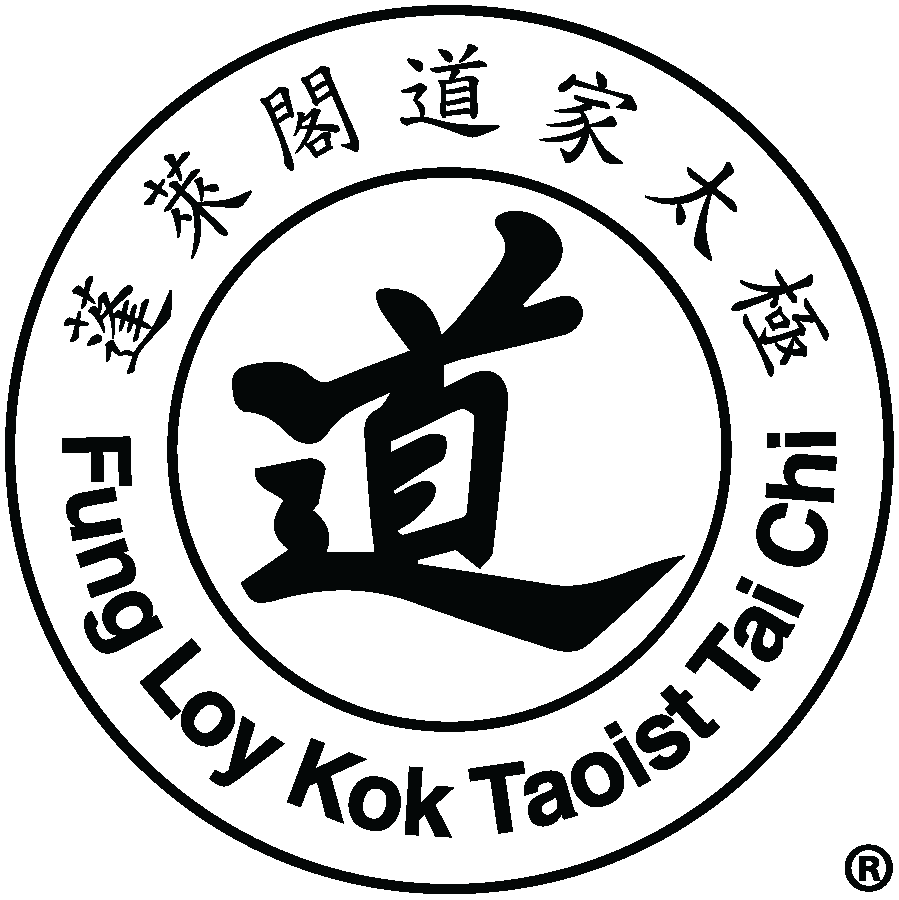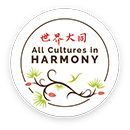The Tiger's Mouth Blog: Note on Anatomy and Physiology: Suppleness of Focus
We’ve concentrated a lot lately on the upper limbs. We’ve emphasized that, because the hands form one end of a number of continuities running through the body, their proper use has a significant impact on all our movements.
But the hands, although intimately connected to the centre, are situated out in the periphery. While they do serve as a terminus for powerful elastics and provide direction for these lines of force, the power resides along the full length of the elastic. The hands are but the tip of the whip.
Inevitably in our practice, we sometimes put too little intention into our movements. In the tor yu, for example, the hands may not get sent out far enough or the back leg fails to fully straighten. Connection is then lost between regions of the body.
On other occasions, we place too much focus on the hands and neglect to relax the elbows. This tugs too strongly on the structures that link hands to torso – the pectoralis major, latissimus dorsi and thoracolumbar fascia. Now there is insufficient play in the tissues; it becomes difficult to relax and settle the weight. The amount of stretch available to the body’s tissues is finite; use too much in one locale and there is not enough in another.
With the search for the right amount of intention, there gradually awakens a sense of the middle. The handle of the whip. This is a region that proves much more mysterious than the hands. Finding the middle is to discover the dragon sitting on its treasure. As we engage the spine, pelvis and legs, the movements of the hands and feet become light and unpremeditated.
Clearly, a suppleness of focus is requisite to our practice. Today’s insights represent an essential stage along the way but will eventually be replaced by deeper understandings. The art is learned sequentially. Once something is comprehended, it becomes programmed into our movements and forgotten at the conscious level. What struck us as crucial, the arms for instance, now seems, paradoxically, unimportant.
Further, the endeavour requires patience. A willingness to give our awareness of the body time to develop. And the mind time to settle. For most of us, this unfolds over many years. Patterns of posture, movement and thinking gradually shift. Areas of weakness or tightness, and troubles with connections between spine, pelvis and lower limbs, slowly alter. Difficulties of the mind and spirit sort themselves out.
The myriad of ways humans are potentially able to learn to move allows great freedom in acquiring new skills. But it also induces confusion and consternation in the adult mind as we go through the process. Altering the rhythm of practice is helpful. Changing focus to keep things fresh. The set informs the tor yu and don yu, as well as the reverse. When starting the day’s practice, begin with what you find difficult; the body is often most ready to discover new things when it firsts begins to move. Each day’s practice is a fresh introduction to the art.
We move forward by making discoveries from our own practice, by learning from the instructors who watch over and guide us, and by teaching. Too little of one weakens the impact of the others. Each of us needs to look for the right balance – a balance that shifts as we go along.
© Taoist Tai Chi Society of Canada 2010

